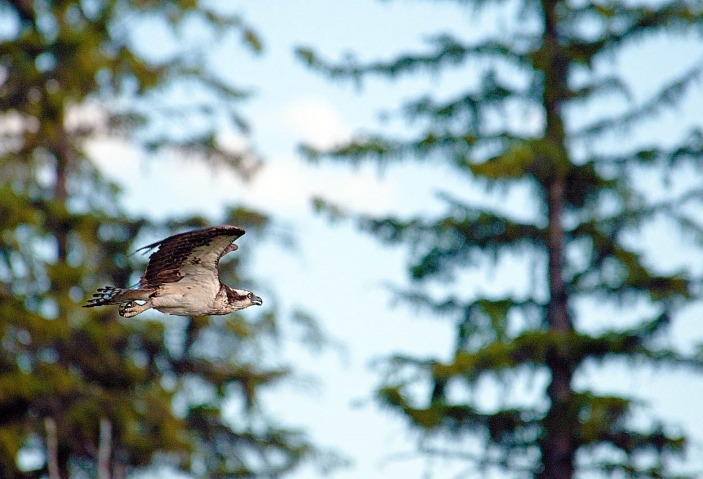CLIENT: Bonaparte Indian Band
YEAR: 2016 to Present
LOCATION: Cache Creek, B.C.
Background
Sucker Creek First Nation (SCFN) is located on the southwestern shores of Lesser Slave Lake, about 22 km from High Prairie, AB. The Band has a registered population over 2,400 members and nearly 16,840 ha of reserve lands. SCFN is a Treaty 8 signatory and a member of the Lesser Slave Lake Indian Regional Council.
SCFN has deep and enduring ties to Lesser Slave Lake and the surrounding watershed. The community’s ongoing Traditional Land Use (TLU) study has identified many sites on and around the lake where members have engaged in traditional use both in the past and today. These practices, which include fishing, gathering, hunting, camping and ceremonies, are informed by generations of Traditional Ecological Knowledge (TEK). Drawing on their TEK of the lake and surrounding regions, SCFN members know when certain resources are in-season, they are aware of the indicators of healthy (or unhealthy) ecosystems, and they know how to temper their activities to promote ecosystem health in the future.
Project Objective
SCFN is committed to being a full partner in the stewardship and management of the ecosystems surrounding the lake. The Band recognized that there are other parties, such as the Government of Alberta (GOA),with interests in protecting the species and ecosystems in the area, and it is committed to working with other parties to care for the land and resources. This process of working together had three primary components.
- SCFN systematically collected and document members’ TEK about the lake and its ecosystems. SCFN members have always transmitted TEK orally, and up to the date of the project, none of this information had been recorded.
- SCFN and the GOA wanted to work together to determine the most appropriate and respectful ways to share and integrate TEK and western science in order to develop a progressive management plan.
- SCFN and the GOA also wanted to work together to jointly develop an approach to integrating TEK into decision-making processes and larger GOA initiatives to involve First Nations in resource management and resource development. Such a partnership will situate SCFN and the GOA as leaders and will serve as a model for other First Nations and Canadian governments.
Certes Solution
A six-phase plan was used to complete the research project. The research approach was informed by widely-accepted and validated social science methods for collecting qualitative data. The methods were rigorous, repeatable and allowed trained researchers to effectively capture and analyse the nuanced information that often results from semistructured interviews. Data gathering methods and oversight were carried out by experienced social science professionals.
Research objectives included:
- Documenting SCFN TEK about Lesser Slave Lake species and ecosystems to contribute to ecosystem management and to ensure that this knowledge is available to future generations;
- Working with the GOA to determine how SCFN TEK can complement western science, while maintaining the integrity of both knowledge systems;
- Building a strong, long-term collaborative relationship between SCFN and the GOA; and
- Informing ecosystem management strategies that are informed by western science and SCFN TEK.
After the conclusion of the project, SCFN and the GOA determined that they would work together to develop an approach to integrating TEK into GOA decision-making processes. Some processes that are already underway to which TEK could contribute included the Water Sub-Tables and Watershed/Regional Planning. SCFN proposed to work with the GOA to develop a capacity-building program where Band members are trained in western science environmental monitoring and impact assessment.

